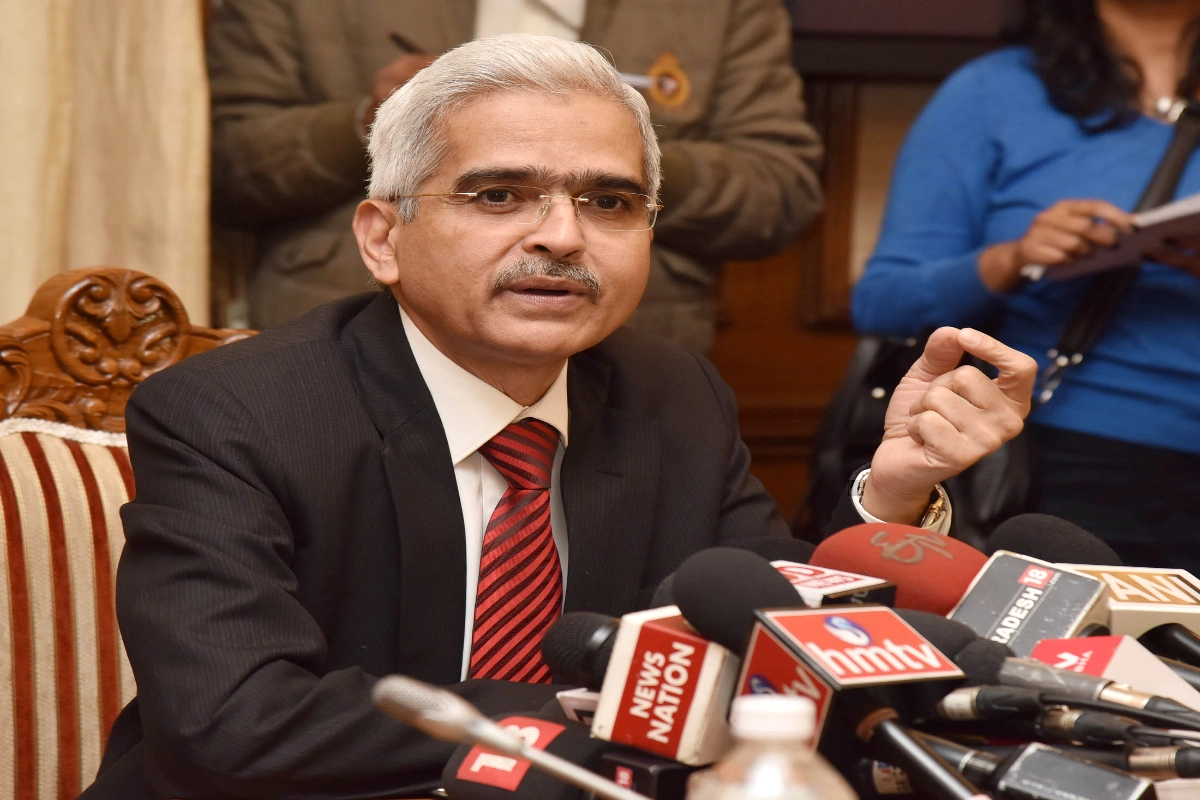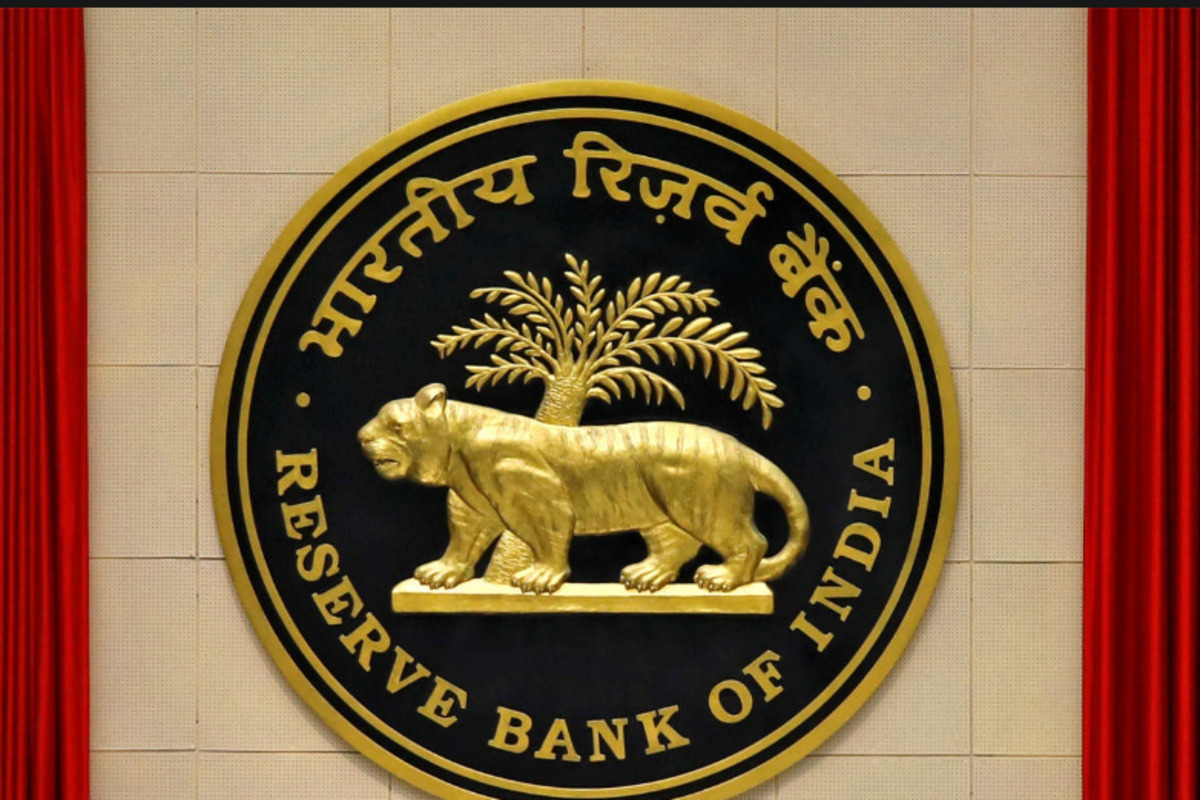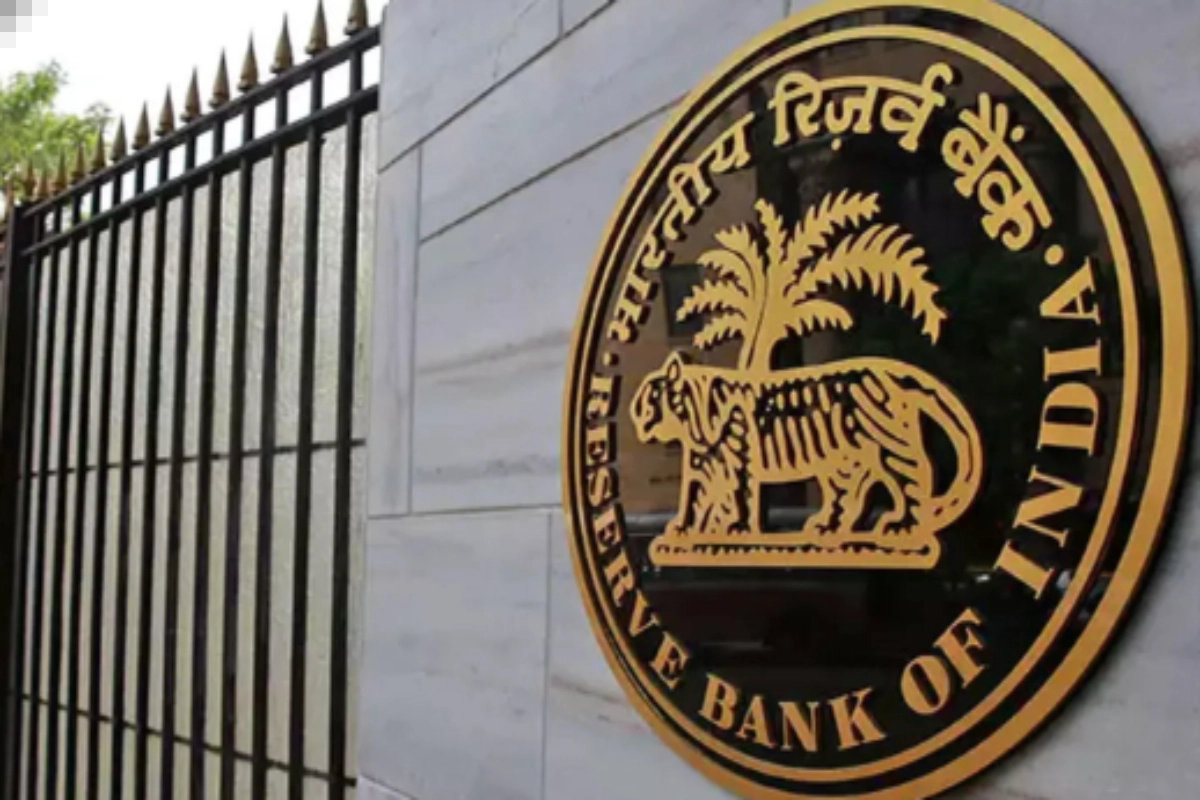Reserve Bank of India (RBI) Governor Shakti Kanta Das revealed that RBI is in talks with South Asian countries to have Cross Border Trade in rupee. Das also revealed that Central Bank Digital Currency (CBDC) is in trial phase and RBI is moving on Digital Rupee launch cautiously.
RBI in talks with South Asian Countries to have cross border trade in rupee
For UPI facility , to make cross border payments RBI has entered into agreement with Nepal and Bhutan, to make cross border payments much easier in the region. Further the RBI and Government of India have initiated rupee settlement of international trade for which extensive talks are going on with some of the South Asian countries in the region.
Pilot Project of CBDC (Central Bank Digital Currency)
At Keynote address at an IMF conference, RBI Governor apprised the audiences about the launch of the pilot project of CBDC stating that it is in a trial phase and RBI is very cautious and careful in its approach . If cloning happens then it will have adverse repercussions on the project.
However RBI is confident about the successful launch of CBDC at retail level, because its pilot project of CBDC project at wholesale level was seamlessly implemented.
Also Read: France slaps 8 million Euro fine on Apple for personalized ads
Digital Rupee expected to make interbank more efficient
The use of digital rupee is expected to make the interbank more efficient, as settlement in Central Bank money will reduce transaction costs by preempting the need for settlement guarantee infrastructure or for collateral to mitigate risk.
He also stated that greater inter-regional trade in the South Asian region can enhance opportunities for growth and employment. Further he also outlined six policy priorities before South Asian region to deal with critical challenges arising due to Covid, inflation, financial market tightening and Russia Ukraine war.
He also stated that multiple external shocks have exerted sustained price pressure in South Asian economies. For successful disinflation, credible monetary policy actions accompanied by targeted supply-side interventions , fiscal, trade policy and administrative measures have become the key instruments.
While supply-side constraints and the recent weakening of commodity prices should assist to reduce inflation moving forward, he said, threats to GDP and investment prospects may increase if inflation stays at current levels. South Asia experienced an average food price inflation rate of more than 20% during the first three quarters of 2022.
In his speech on “South Asia’s Current Macroeconomic Challenges and Policy Priorities,” Das stated that the prospect for global trade and growth in the current international environment is uninspiring, and policies must be implemented under a storm of uncertainty.
In his speech on “South Asia’s Current Macroeconomic Challenges and Policy Priorities,” Das stated that the prospect for global trade and growth in the current international environment is uninspiring, and policies must be implemented under a storm of uncertainty.
IMF: South Asia contributes 15% to global growth
The IMF believes that South Asia, driven by India and Bangladesh, contributes close to 15% of the world’s growth.
“However, in a setting of weakening prospects for global economy and trade activity, the approach to disinflation needs to be aware of the mounting risks to the growth outlook,” Das said.
The South Asian countries’ other top policy targets would be reducing external debt vulnerabilities, increasing productivity, bolstering cooperation for energy security, collaborating for a region with a greener economy, and promoting tourism.
According to Das, learning from one another about shared objectives and challenges, such as financing for infrastructure, digital financial inclusion, lowering the cost of cross-border remittances (by connecting with the UPI system), and unconventional monetary policy, has been a key component of cooperation in the region at the central bank level.
Mr Shaktikant Das further added that any monetary or fiscal expansion needed to be measured, targeted, and restrained.
Keep watching our YouTube Channel ‘DNP INDIA’. Also, please subscribe and follow us on FACEBOOK, INSTAGRAM, and TWITTER.












